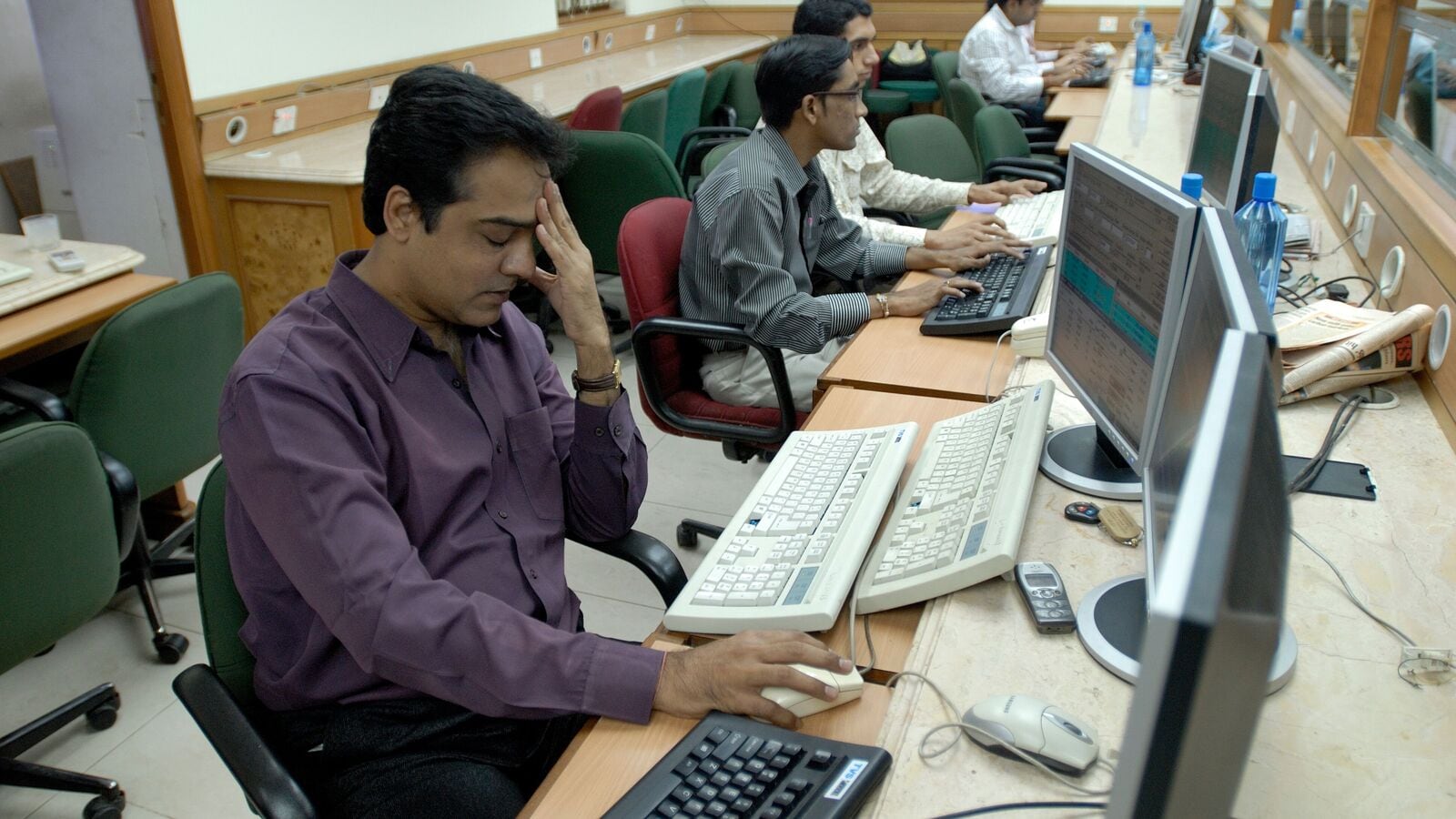In recent months, the Indian stock market has faced significant turbulence, reflecting a broader trend of uncertainty affecting global investment landscapes. As the world’s fifth-largest stock market grapples with challenges, Donald Trump’s erratic tariff policies have played a pivotal role in driving investors toward safer assets. This situation raises concerns over potential economic repercussions, not just in the U.S. but also in emerging markets like India.
Impact of Tariff Policies on Global Markets
The ripple effects of Trump’s trade policies are evident across major markets worldwide. His frequent announcements regarding tariffs on key trading partners have sparked anxiety among investors. As the U.S. economy, which constitutes 25% of the global GDP, tries to navigate these turbulent waters, many are questioning the long-term viability of these policies.
- Investor Confidence: Tariffs are stirring fears of rising domestic prices.
- Economic Growth: The potential slowdown looms large, with concerns about a possible recession becoming increasingly prevalent.
These dynamics have not only impacted U.S. market indices but have also led to corrections, with recent declines prompting discussions about future economic stability.
Indian Market Faces Added Pressure
India’s economic landscape is already strained, characterized by sluggish growth, decreasing urban consumption, and falling corporate profits. As a result, the aggressive tariff strategies from the U.S. have further complicated the situation. Many Indian blue-chip stocks are now trading at multi-month lows, prompting a significant withdrawal of foreign investment. Over the past six months, foreign investors have divested more than ₹3.5 lakh crore, indicating a substantial lack of confidence.
- Market Reaction: Fears of reciprocal tariffs on India have intensified, especially as Trump frequently critiques India’s tariff structure.
- Corporate Concerns: The U.S. administration has specifically targeted high tariffs on American goods, creating additional challenges for Indian businesses.
The Decline of Large-Cap Stocks
Despite some resilience in Indian large-cap stocks, the overall trend remains bearish. According to Trendlyne data, around 75 stocks in the BSE Large-Cap Index are trading 20% to 60% below their peaks. This protracted sell-off, which started in October of last year, has led to significant losses for investors.
- Adani Group: Major stocks like Adani Green Energy and Adani Total Gas have faced declines of 30% to 60%.
- Tata Group: Stocks such as Tata Motors and Tata Consultancy Services have also seen significant drops from their recent highs, with Tata Motors suffering its longest losing streak in a decade.
Outlook for the Indian Economy
As the market grapples with these challenges, analysts remain cautiously optimistic. Morgan Stanley and Jefferies suggest that the potential risks from tariff impositions are manageable. They argue that the recent downturn has made large-cap stocks more attractive, potentially leading to a rebound.
- Historical Trends: Past performance indicates that India often outperforms other emerging markets within 90-180 days following a downturn.
- Valuation Perspective: Current valuation levels are approaching averages, suggesting a potential recovery could be on the horizon.
Conclusion: A Path Forward
As the Indian stock market navigates through this period of volatility, the outlook remains mixed but hopeful. Investors are advised to keep a close watch on global economic indicators and policy shifts, particularly from the U.S. While immediate challenges persist, the long-term potential for recovery remains strong, especially for those willing to invest in India’s large-cap stocks.











